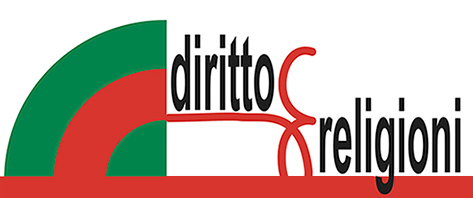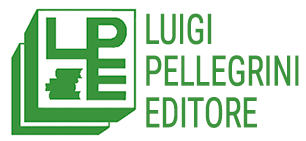Nr. 1/2024YARU LI New perspectives on marriage in Chinese and Japanese law: same-sex marriage
Nr. 1/2024PAOLO PALUMBO Sana cooperatio and bilaterality in the mission of the Catholic Church: evolutions, transformations and perspectives
ABSTRACT
The use of sacred references in commercial communications, when extremised beyond the limit of so-called “harmless vulgarization”, can give rise to messages perceived as desecrating and blasphemous, which carry with them the inevitable risk of harming the religious feeling of the faithful-consumer, intended as constitutionally guaranteed interest.
It has always been warned, therefore, the need to identify legislative measures aimed at protecting the religious sensitivity of believers from offences that could be to such sensitivity caused by advertising products that recall religious symbols and images, but which are at the same time able to find a point of balance with the opposed constitutionally guaranteed freedoms, such as freedom of private economic initiative (art 41 Cost.) and freedom of expression (art 21 Cost). However, this warned need corresponds to a clear legislative gap, traditionally filled by art. 10 of the Codice di Autodisciplina della Comunicazione Commerciale (C.a.c.c.) which, although instrument of so-called “soft law”, has always guaranteed prominent protection to religious feeling in the field of commercial communication also through the pronunciations of the Giurì and the Control Committee.
This work, through a reconstruction of the decisions issued by I.a.p in relation to the prohibition referred to in Art. 10 C.a.c.c. intends to underline that, in the last decade, despite the increasingly widespread use of religious recalls in commercial commercials, as well as the unchanged formulation of self-disciplinary provisions, we have witnessed a clear reversal of trends that would see the protection of religious sentiment no longer preeminent. This reversal must, however, be rethinked precisely in light of the recent injunction of the Control Committee I.a.p. (Injunction n. 7/2024) issued following the disclosure of a new spot of the well-known brand of fries Amica Chips, which seems to return to the aforementioned article the traditional role of “narrow mesh filter” with respect to the protection of religious feeling in commercial communication.
KEYWORDS
Religious feeling; art. 10 C.a.c.c.; Istituto dell’autonomia pubblicitaria; Commercial Communication; Giurì; Control Committee; Amica Chips Case


